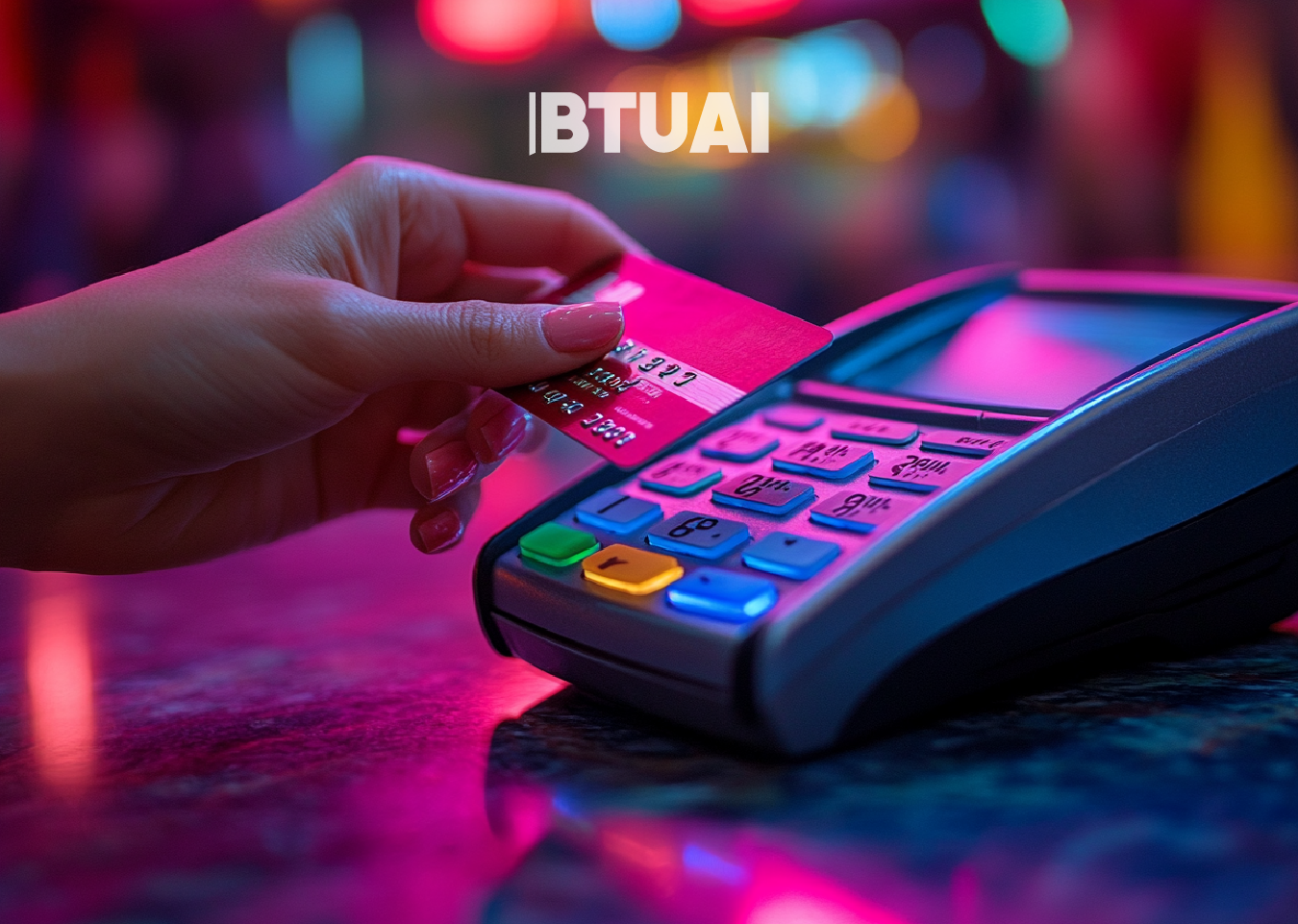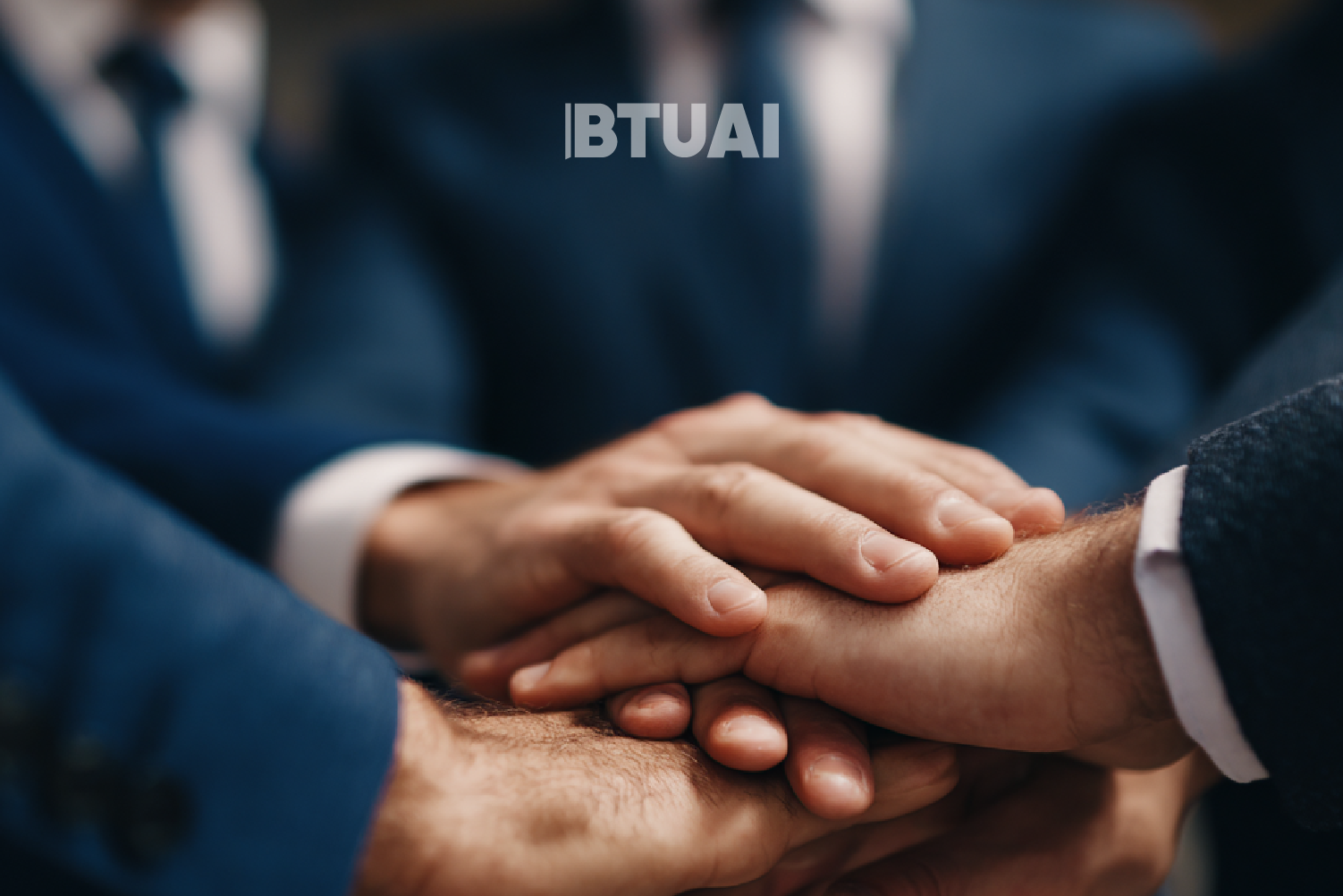Deferred Payments, Instant Spending: How BNPL Is Shaping Consumer Behavior in Georgia
In the past two years, Georgia’s digital financial services market has undergone significant changes, and one of the fastest-growing

In the past two years, Georgia’s digital financial services market has undergone significant changes, and one of the fastest-growing trends is the spread of the “Buy Now, Pay Later” (BNPL) model. This system allows consumers to purchase products or services immediately and pay for them later in installments—often with no interest. Local players in partnership with banks are already reshaping consumer habits that were once limited to traditional credit cards.
BNPL differs from classic credit in several key ways. It’s fast, often doesn’t require in-depth financial checks, and is perceived by users as psychologically lighter. That perception is particularly crucial. When a consumer doesn’t pay the full amount upfront, the price feels lower. For example, buying a phone for 2,500 GEL in four installments feels more accessible—even though the total cost remains the same.
This model is especially popular among 25- to 35-year-olds, who seek flexibility and new ways to manage their finances. Internal discussions with companies suggest that a significant share of BNPL users comes from this age group. Many of them use it for short-term purchases—electronics, clothing, or services—rather than long-term debt repayment. That makes BNPL more suitable for everyday spending than credit cards.
However, along with its benefits, the model introduces risks. Many users don’t fully understand that deferred payment is still a form of debt, and missing a payment often leads to penalties. While most platforms automatically charge scheduled payments and claim to be interest-free, spending can sometimes exceed what users can realistically repay. In a 2024 report by the National Bank of Georgia, it was noted that monitoring of non-bank financial services should be tightened, especially from a consumer protection standpoint.
Another noteworthy aspect is BNPL’s impact on retail sales. Businesses that integrate this model into their online or physical stores often report a rise in average ticket size. Consumers who can defer payment tend to spend more—15–30% more on average—compared to standard payment methods. This boosts sales but at the same time distorts consumers’ perception of real costs.
In the long run, BNPL may become as commonplace as online payments are today. But its success will largely depend on regulation and financial literacy—on how well users learn to distinguish between deferral and actual expenditure.




